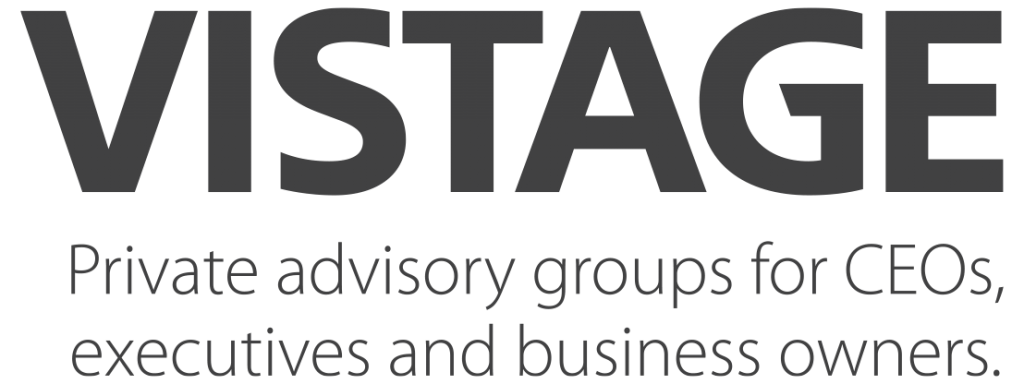As the pandemic rewrote the rule book for coworking and office culture, new processes and untested systems allowed inefficiencies to creep in—inefficiencies that included meetings scheduled for the sake of unstructured discussion or even basic human interaction rather than for productivity. While interacting might be easier than ever, value-creating collaboration isn’t—and its quality seems to be deteriorating.
Effective meetings aren’t just about keeping ourselves from going around the bend. When meetings aren’t run well—or when there are too many of them—decision making becomes slower and the quality of decisions suffers. According to one McKinsey survey, 61 percent of executives said that at least half the time they spent making decisions—much of it surely spent in meetings—was ineffective. Just 37 percent of respondents said their organizations’ decisions were both timely and high quality. And, in a different survey, 80 percent of executives were considering or already implementing changes in meeting structure and cadence in response to the evolution of how people worked during the pandemic.
What’s more, when leaders try to solve for inefficient decision making, they too often look to organizational charts and vertical-command relationships. Rarely, in McKinsey’s experience, do they see the real issue at hand: poor design and execution of collaborative interactions. In other words, you guessed it, ineffective meetings.
It doesn’t have to be this way. When meetings are run well, they not only foster better decisions but also leave attendees feeling energized and motivated to carry the momentum forward independently. For tips on how to put a stop to video call fatigue and restart your team’s productivity, read on.

